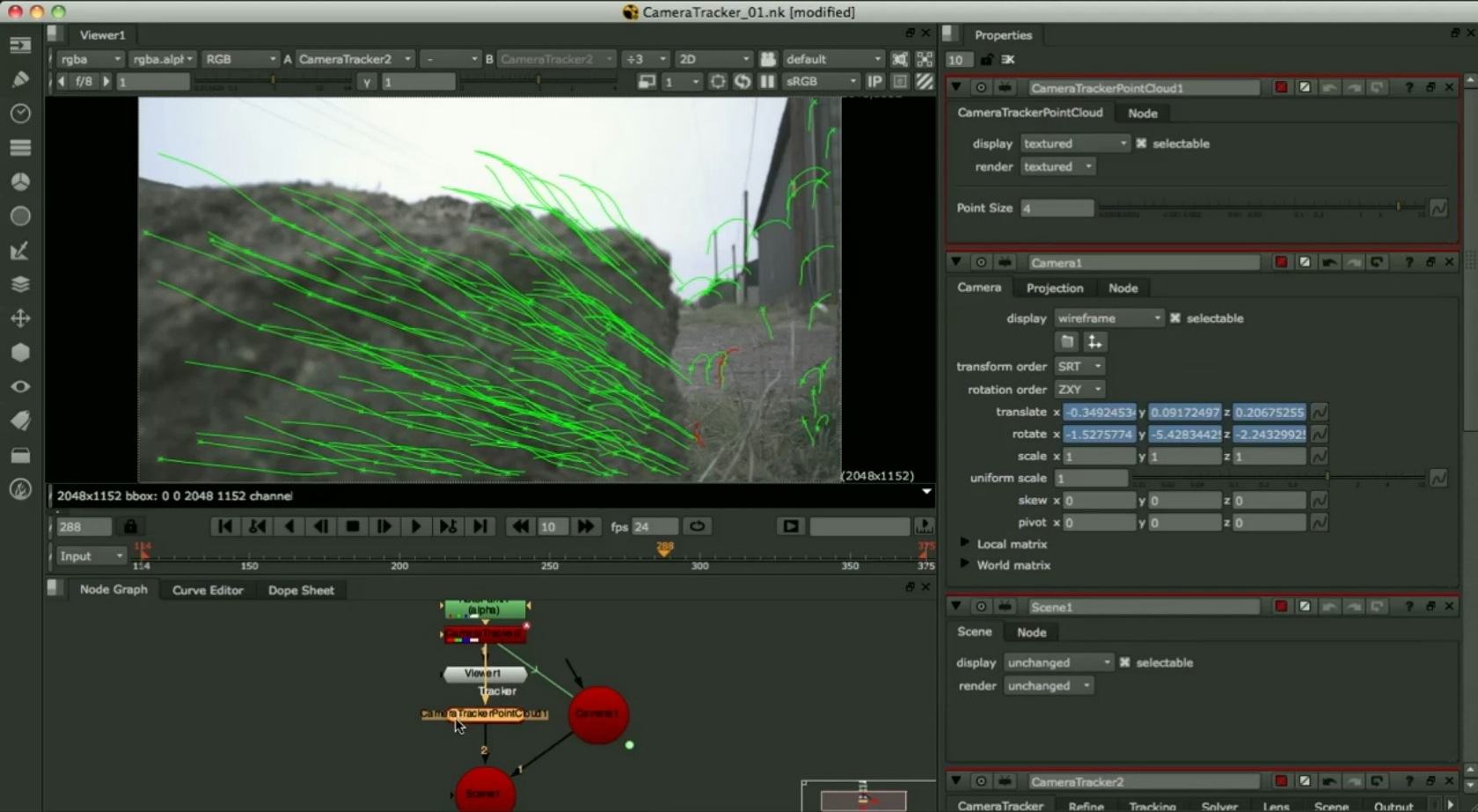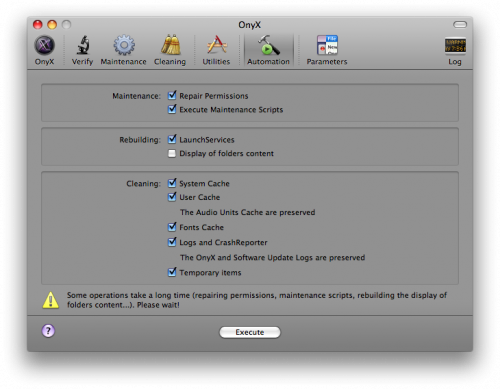macOS’ Disk Utility is a great tool for repairing problems with disks on your Mac, but it can’t fix everything, so what do you do when it displays a message saying your Mac can’t repair the disk? Read on to find out. Crack avs video editor 9.0.
You’ve probably tried a few options at this point but this may be a surprisingly quick fix. You can run the tool called “Repair Disk Permissions” — it’s included in the free version of CleanMyMac X.
Repairing disk permissions fixes certain read-write errors on the drive.
Free for 1GB data/$ 89.95: Mac OS X 10.7 - 10.15: Yes: Macintosh HD, hard drive, external hard drive, USB/SD card: Lazesoft Data Recovery ★★★★ Free: Mac OS X 10.5 - 10.9: Yes: Internal/external hard disk, USB drive, memory cards, iPods PhotoRec ★★★ Free: Mac OS X: Yes: Hard disks, CD-ROMs, memory cards, DD raw image, USB drive. Nov 28, 2020 Our software library provides a free download of OS X Recovery Disk Assistant 1.0 for Mac. This free Mac application is a product of Apple Inc. The latest installer takes up 1.1 MB on disk. The application lies within System Tools, more precisely Backup & Restore. Our built-in antivirus checked this Mac download and rated it as 100% safe.
1. So install the free version of CleanMyMac X (direct download from developer)
2. Click Maintenance and choose Repair Disk Permissions in the menu.
How to tell if a disk needs to be repaired
There are a few signs that your hard drive or SSD may need to be repaired.
- Files have become corrupt
- Lots of apps quit simultaneously
- The disk starts making strange clicking or whirring noises
If you’re having any of these problems with a disk on your Mac, whether it’s the startup disk or an external hard drive or SSD, your first port of call should be Disk Utility. Disk Utility is really good at detecting problems and repairing them. However, it can’t fix everything.
What is Disk Utility?

Disk Utility is macOS built-in disk erasing, formatting, and repair tool. It’s very useful, not just for checking and repairing problems, but for reformatting disks, securely erasing data and mounting a volume that the Finder is having trouble mounting. It lives in the Utilities folder in Applications.
How to repair a disk on the Mac
If the disk you’re trying to repair is your start-up disk, you’ll need to boot into Recovery Mode and choose Disk Utility from macOS Utilities from the startup screen. To boot in Recovery Mode, restart your Mac and hold down Command-R.


- Go to Applications > Utilities and double-click Disk Utility to launch it.
- In the top left corner of the window, click View and choose View all devices.
- In the sidebar, select a disk or volume.
- Click First Aid.
- Press Run then Continue.
- If you see a message that says the disk is about to fail, back it up immediately.
- If you see a message that says Disk Utility can’t repair the disk, try again.
Do a backup before it gets worse
If Disk Utility can’t repair your disk the second time you try it, you’ll need to resort to other measures. First, though, you should backup your disk. The easiest way to do that is to use Time Machine, the backup tool built into macOS.
- Go to the Apple menu and choose System Preferences.
- Select Time Machine.
- Press Select and choose a disk to back up to.
- Check the box labelled Show Time Machine in the menu bar.
- Click on the Time Machine menu bar item and choose Backup Now.
If you don’t want to use Time Machine, you should use a third-party tool to back up, or clone, the drive that is causing the error message. If it fails, you will at least have a backup of your data.
Perform maintenance on your Mac
The Mac maintenance app, CleanMyMac X, has a number of tools that may perform intensive care on your drive. Tools that may help you in this case:
- Cleaning your drive from system junk
- Running Maintenance scripts
- Repairing disk permissions (explained above)
Win 10 Repair Disk Free
Surprisingly, the remedy may be as simple as a disk cleanup. Cleaning up system junk and app-related cache files often repairs software conflicts — could be our issue.
As a first step, get a download of CleanMyMac X — this software was developed by MacPaw and is notarized by Apple.
- Run the System Junk tool.
- Run the Maintenance Scripts tool (under the Maintenance menu).
- Restart your Mac and see if the problem comes again when you use Disk Utility.
You can run any of the other maintenance routines in the same way. Using these every few weeks will help keep your Mac running smoothly and should reduce the chance of problems occurring.
macOS Disk Utility is very good at repairing some disk problems – usually the earlier you detect a problem and try and repair it, the better. However, it can’t fix everything. So the first thing you should do if Disk Utility can’t repair a disk is to back it up. That way, if it fails, you won’t lose your data. CleanMyMac X has a number of tools that can keep your disk running smoothly and reduce the chance of problems occurring. Running its maintenance module regularly should keep your disk running well.
Reset Mac
If your Mac is not performing well such as overheating, running slow, or frequent system/app crashes, here is a guide to help you reset Mac without losing data.
Mac won't turn on
The most complete than ever solutions to 'Mac won't turn on' problem to make your Mac boot past the Apple logo/loading bar/login screen to the desktop successfully.
Forget Mac password
What to do if you forget Mac password? Find solutions to get back your login or admin password to unlock your Mac.
External hard drive is not showing up on Mac
You can't have access to your stored files if external hard drive is not showing up on Mac. It could result from Mac's wrong configurations or disk corruption.
Free Disk Repair Software Mac Os X 10 0
SD card is not working

An SD card is a handy extended storage medium for digital devices. If the SD card is not working on Mac, all your saved photos and videos will be lost.
Macintosh HD is not mounted
When Macintosh HD is not mounted, the drive is not available for loading up the operating system, resulting in an unbootable Mac. Use iBoysoft Mac data recovery software to rescue Mac files first.